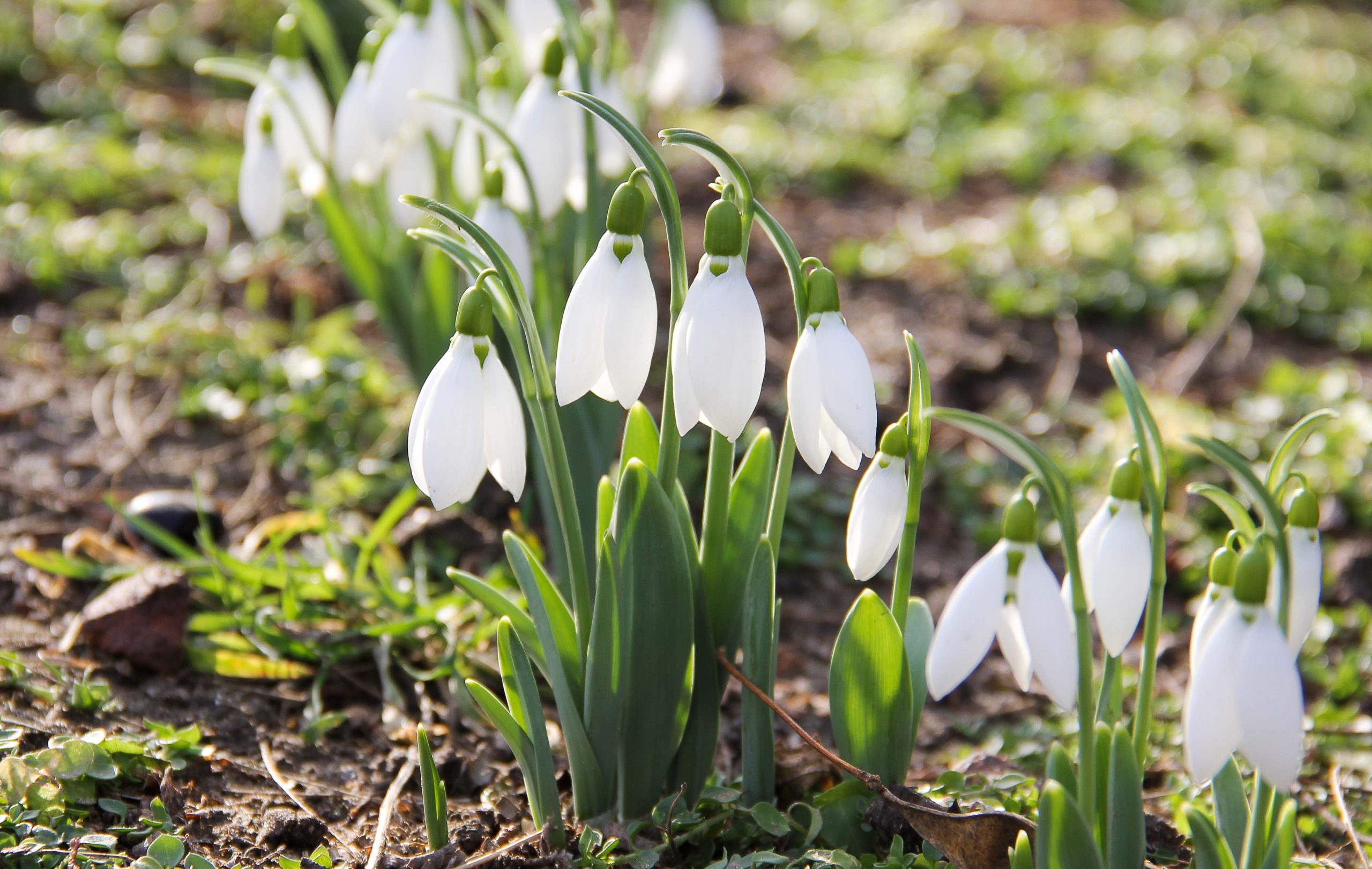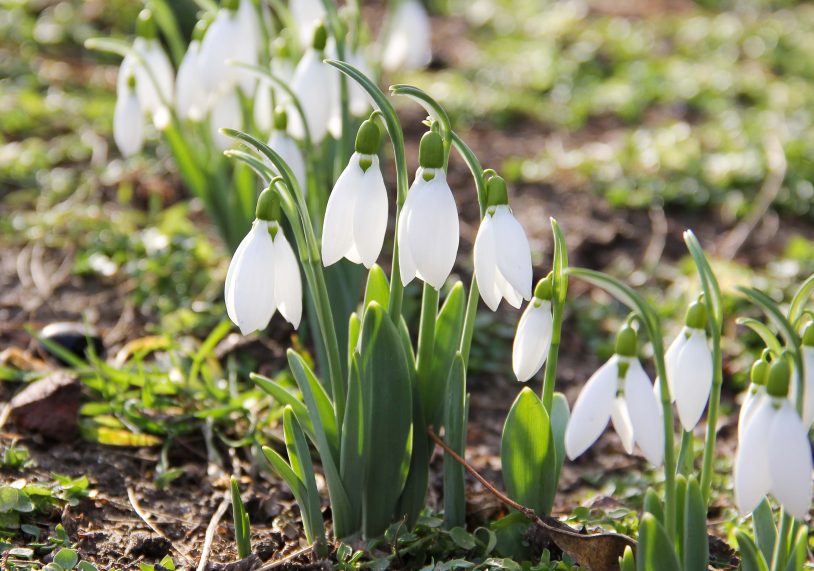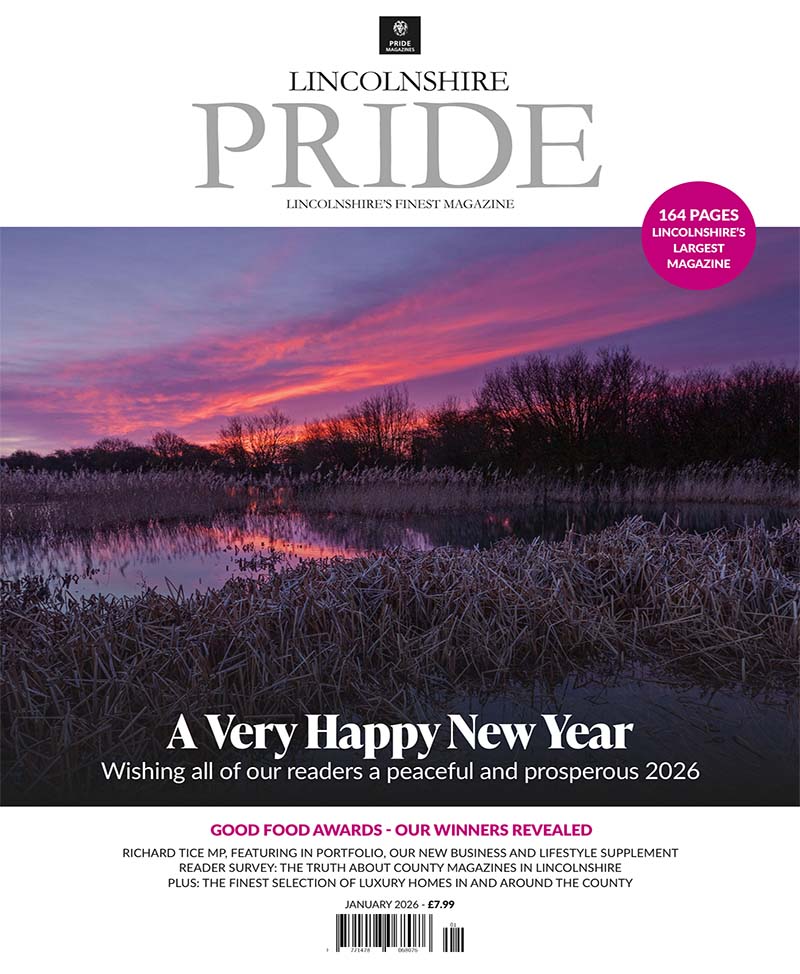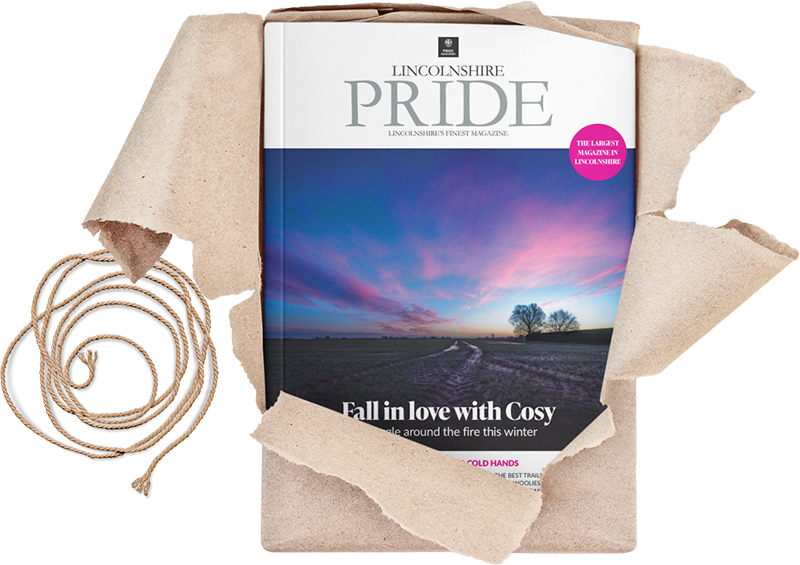
Winter in Lincolnshire

A Lincolnshire Winter
A chill in the air and frost on the ground doesn’t mean you can’t enjoy the very best that Lincolnshire has to offer in terms of beautiful landscapes, expansive parkland, big skies and wonderful nature…
There’s really no such thing as bad weather… just the wrong sort of clothing. In winter your first instinct might be to throw a log on the fire, top your mug up with tea and settle in with a good book or the county’s finest magazine… we’d certainly endorse the latter.
However, for the hardier among us, wrapping up warm and making sure you’ve a decent pair of walking books can yield significant rewards, with plenty to appeal in Lincolnshire when there’s a chill in the air and a sense of cabin fever in the house…
Exploring Lincolnshire’s Country Estates
The triumvirate of stately homes in Lincolnshire is Belton, Belvoir and Burghley. We’ll add to these Gunby and Normanby, as well as Tattershall Castle. The stately home of Belton House reopens on 2nd March, but meanwhile the deer park and adventure playground remain open for visitors. 1,300 acres to amble around, and The Stables café is open from 9.30pm-4pm throughout Jan and Feb.
Belvoir Castle will reopen early next month, shortly after its gardens reopen, but meanwhile its parkland, adventure playground and the adjacent Engine Yard remain open throughout January and February.
The parkland of Burghley House and Orangery restaurant are open throughout the winter. Its adventure play area is also open during weekends and the formal gardens and the Elizabethan property itself each open on 17th March.
Gunby Hall’s grounds remain opening from 10am-3pm, in January and February, with the property itself reopening on 10th February. Tattershall Castle and its grounds remain closed until 14th February, and whilst Normanby Hall’s parkland is open for visitors, the property reopens in March with the Rural Life museum closed until April.
Beyond a healthy dose of fresh air, and a hot chocolate after a long walk, take along a camera to capture not just frozen ponds and winter trees, but also the deer which are native to the parkland of Belton House and Burghley House.
It’s a great time to enjoy deer in the parkland because sensing winter the animals tend to slow down a little to conserve energy. They will probably remain closer to trees too, sheltering from the wind and eating bark from trees. The animals are usually solitary but may group together in winter to keep warm. They’re by no means tame, though, so remember to keep your distance and invest in a long lens for photos!
See www.nationaltrust.org.uk, www.belvoircastle.com, www.burghley.co.uk, www.normanbyhall.co.uk.
Photographing Lincoln
The City of Lincoln is rather beautiful at any time of year but Uphill Lincoln including the Cathedral, Castle, and Steep Hill are particularly breathtaking in frost or snow.
Photograph the east side of the building (e.g. the Chapter House) in the morning, and the west of the building (i.e.: the front) in the afternoon, but watch for low winter sun as Exchequer Gate Arch casts shadows over the Cathedral. If you’re hoping to get the whole of the building into a single portrait shot, be aware that you’ll need a very wide angle lens.
Whilst in Lincoln, Brayford Pool is another great spot for photography, either towards the university or towards Brayford Wharf with the new pedestrian footbridge in the foreground and the Cathedral overhead.
A shot, too, from Waterside South’s bridge will enable you to capture the Empowerment sculpture and High Bridge/The Glory Hole in the background… and it’ll put you within easy reach of Stokes High Bridge Cafe for nice hot cup of coffee afterwards!
Enjoying The Lincolnshire Coast in Winter
Lincolnshire is blessed with a wealth of landscapes from the expansive Fens – which covers 1,500 square miles in total, reaching from north of Boston right down into Cambridgeshire and Norfolk – to The Wolds, with its 215 square miles designated an Area of Outstanding Natural Beauty.
Another impressive landscape we enjoy, though, is the 50 mile stretch of coastline from the Humber Estuary to the marshlands of The Wash. The vast panoramas of sand dunes and mud flats are matched by Lincolnshire’s equally boundless skies.
These provide a wild and mindful backdrop for those keen on walking, photography or those who want to spot nature along the coast, and the landscape looks especially impressive in winter.
Our recommendations include a visit to Gibraltar Point, one of the nearly 100 reserves currently under the custodianship of the Lincolnshire Wildlife Trust. Covering 1,100 acres, winter brings wildfowl include brent geese, shelduck, wigeon and teal, with birds of prey including hen harrier, merlin and owls… and its café is open seven days a week, from 10am-3pm, which is good to know because as beautiful as the landscape is, it’s probably the most bracing area of Skegness with coastal winds that clear the head, but can also prove quite chilly, too!
Other recommendations include Lincoln’s Whisby Natural World Centre and the Water’s Edge and Far Ings reserves of Barton on Humber, created from former clay pits and together covering about 300 acres.
RSPB-owned reserves include Frampton Marsh and Freiston Shore, and closer to Lincoln, the 200-acre Hartsholme country park is a convenient location for an outing with its reservoir and woodlands.
A mention of Donna Nook reserve too, which comprises six miles of coastline between Grainthorpe and Saltfleet. In November and December the reserve is home to expectant grey seal mums giving birth to their pups.
Too many people visit the reserve to see the youngsters, sometimes causing distress to the mothers. January and February are better months for those seeking a winter walks and seal spotting, but visitors should still keep their distance from the animals.
Walking in Lincolnshire
Willow Tree Fen, Windmill Farm Nature Reserve, Spalding, PE11 3JH: Wetland nature reserve managed by the Lincolnshire Wildlife Trust.
Deeping Lakes Nature Reserve, PE6 8NP: Peaceful nature reserve with a series of lakes and wetland habitats. Winter brings a different aspect to the reserve, and you can explore the trails to observe wintering waterfowl and other bird species.
Lincolnshire Wolds, Tetford: Winter walks in the Wolds provide stunning panoramic views, and the quiet countryside is perfect for a peaceful nature walk.
Cogglesford Mill, Sleaford NG34 7EA: Walk along the Slea and visit Cogglesford Mill to discover the area’s industrial heritage.
Snowdrops Across Lincolnshire
George Harrison’s Here Comes The Sun includes the lyrics ‘it’s been a long, cold, lonely winter,’ and though it’s about spring generally – and Harrison’s malaise of winter 1969 with the pressures of fame and a recent temporary split from the band weighing heavily on his mind – the song, which appeared on the Abbey Road album, could easily have been a song celebrating snowdrops.
The flower’s presence are supposed to appear from Candlemas Day, 2nd February, although they can appear in January or even December. If there’s a better inducement to get out and about this winter, we don’t know of one. The cheerful white flowers signify that we should just hang on, and that spring is just around the corner.
There are 18 different species of galanthus, and more than 500 named varieties, according to Easton Walled Gardens, which is the best place to enjoy the flowers in Lincolnshire.
Around 3,000 people each year visit Easton Walled Gardens to enjoy the spectacle of the snowdrop drifts in the 400-year old garden, restored by Ursula and Fred Cholmeley from 2001. Easton’s 2024 Snowdrop Season will start on Wednesday 14th February and the garden will be open from Wednesdays to Sundays 11am-4pm.
Other Lincolnshire gardens offering the chance to enjoy the sight of snowdrops and other spring bulbs include Doddington Hall, whose Spring Bulb Pageant starts from 4th February to 27th March with snowdrops, winter aconites, Cyclamen coum and Crocus tommasinianus.
Market Rasen’s Brightwater Gardens is located close to the village of Saxby and over the past 17 years, more than 190,000 snowdrops, 45,000 crocus, winter irises, and a selection of other bulbs have been planted to create a quarter-mile winter walk leading through the garden and woodland. It’s open seven days, from Friday 16th February.
www.visiteaston.co.uk
www.doddingtonhall.com
www.brightwatergardens.co.uk






